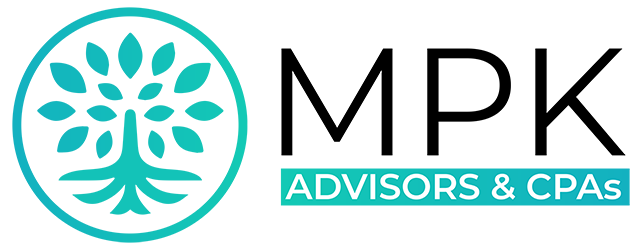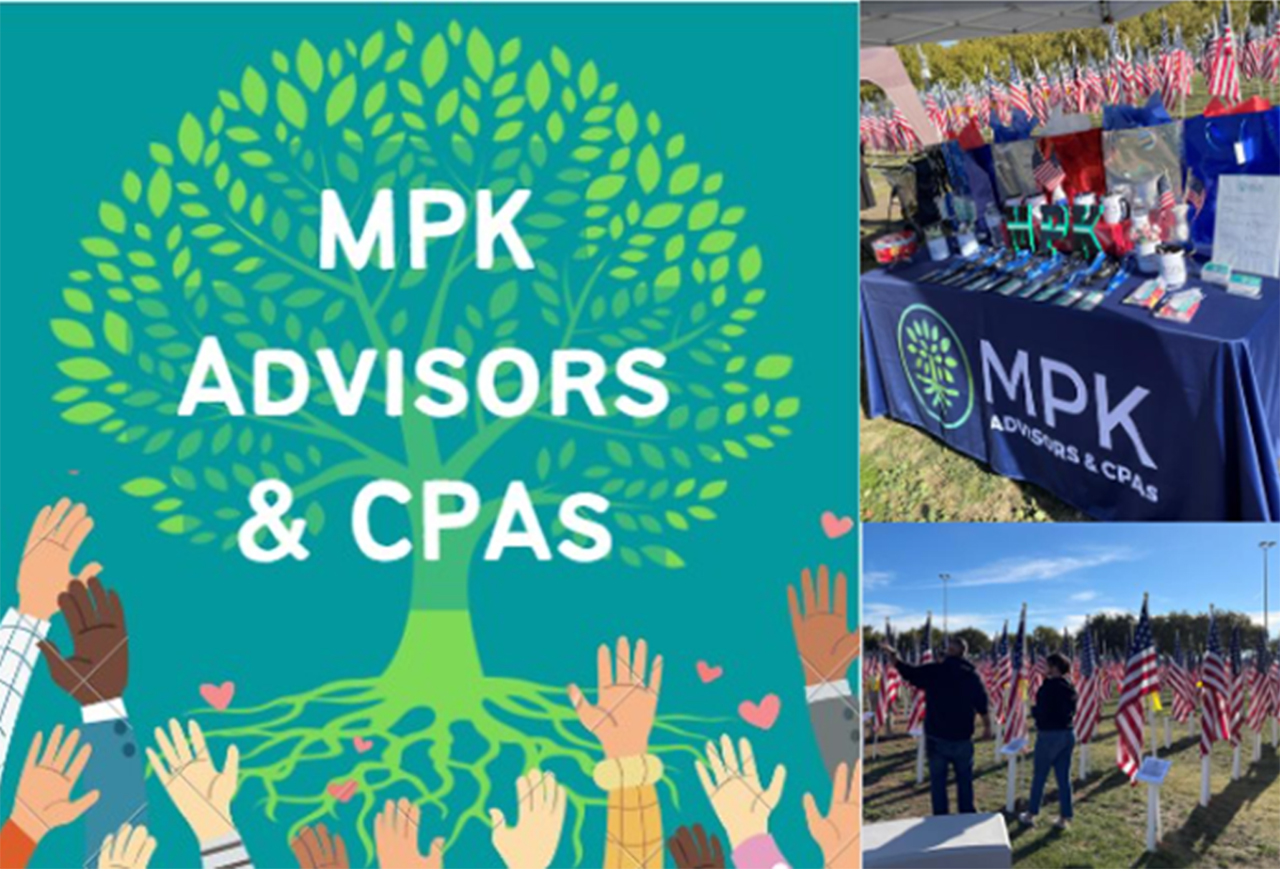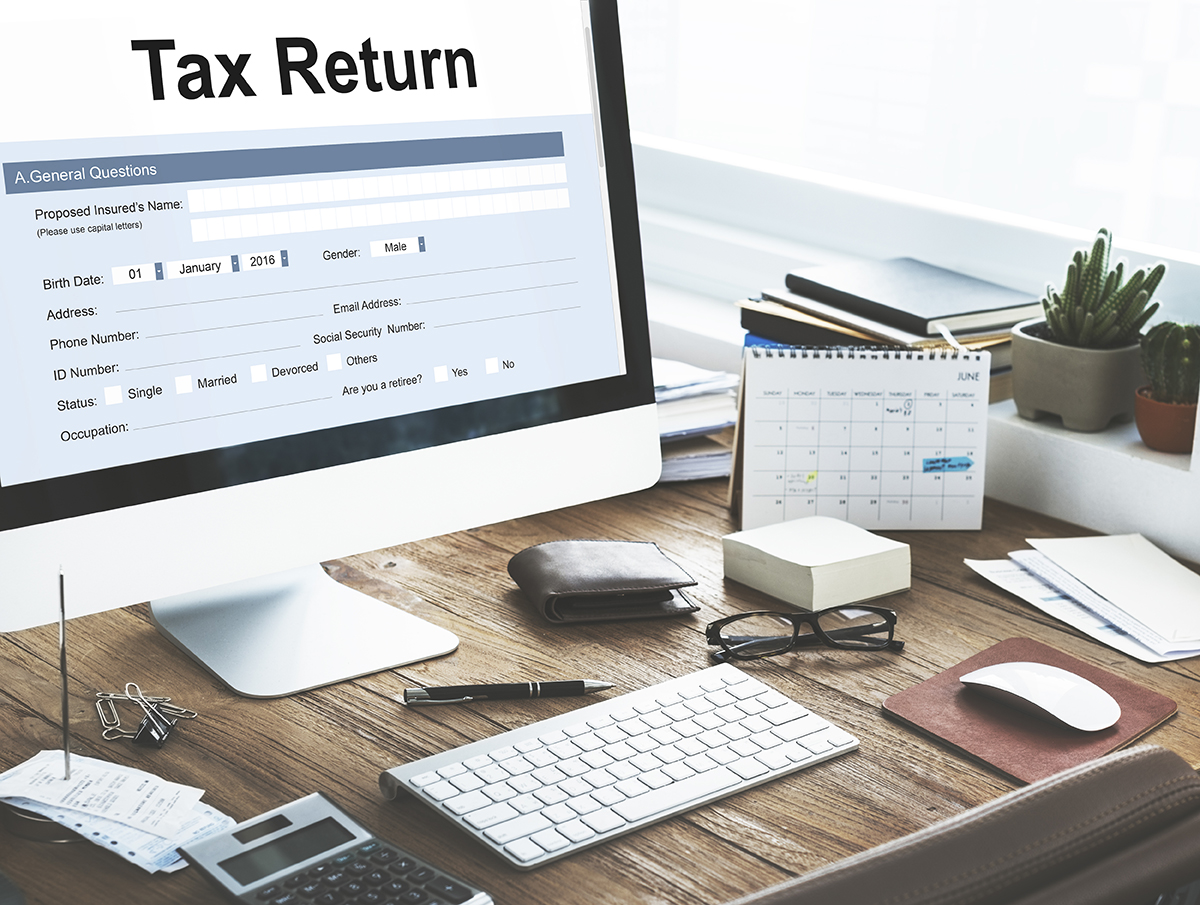Ways to Pay Your Taxes
By MPK Advisors
There are several ways to pay your Federal and California income taxes or estimates.
First, please review the transmittal letter, included with your current year income tax returns, this letter is very informational and will give you the method of payment we discussed with you at the time your tax returns were prepared. We always recommend that you pay your income taxes electronically, however if you have elected not to pay them electronically, please refer to the transmittal letter for the following:
Vouchers:
- Both federal and state taxes due: our office will provide you with vouchers to make these payments. The Federal Voucher Number is 1040V and the State Voucher Number is 3582.
- The vouchers will also provide you with the instructions on where to mail the payment and what to write in the memo on the check. Please be sure to follow the instructions carefully and be sure to put in the memo your SS# as per the instructions.
- Be aware that when making a payment by mail the processing maybe delayed and the payment misposted or it could possibly not show up on your account for as much as 45 days, in the meantime you could get a notice from the tax authority showing a payment still due, do not make a duplicate payment. If your check hasn’t cleared the bank within 45 days after mailing you may need to contact the tax authorities.
- If you are making estimated payments, please follow the instructions on the The vouchers will be provided to you at the time you receive a copy of your tax return with the instructions and due dates for payments on the Transmittal letter. Form 1040 ES is used for IRS estimates and Form 540ES is used for California Estimates.
Online without an account:
Our office always recommends that you set up an account with the IRS and Franchise Tax Board when making electronic payments, however if you choose not to the payments can be made using the following online access:
IRS – www.irs.gov/payments you will be given the option to either pay with DirectPay or Credit Card the option is yours. Once the payment method is selected select PAYMENT, this will take you to a screen that will ask you the reason for the payment, what to apply it to and Tax Period.
1) If you are paying the balance due on the your current year tax return select BALALANCE DUE if you are paying ESTIMATED TAXES select that option. Any other options you may need to check with our office.
2) Apply Payments to: this will either be Income Tax – Form 1040 (if it is for the current tax return) or 1040ES if it’s for estimates.
3) Tax period if it’s for the balance due you put the year the tax turn is for if its for estimates put the year the estimates are for (this will but the current calendar year)
4) Then hit continue and provide the information requested.
Online with an Account:
Set up an IRS account – at www.irs.gov/payments. Click GO TO YOUR ACCOUNT, this will give you the option to set up an account or log into your account and make a payment.
FTB (Franchise Tax Board) – www.ftb.ca.gov/pay, this will give you the option to either pay via bank, credit card payment plan or “other” options. The option is up to you. Once you have selected the payment method you would like to use it will take you to – Use Web Pay personal (if using a bank account or Pay now with ACI payments if using a credit card).
At this point it will ask you for personal information that you will be able to provide. If you are setting up an account, you will select Register for MyFTB and will either log in to your existing account or create an account.
- If you are making a payment on the current year taxes you will select Form 540 if you are making an estimated tax payment you will select Form 540ES – Again, please refer to the transmittal letter included with the tax return for any further information.
IF YOU SET UP AN ONLINE ACCOUNT WITH FTB OR IRS PLEASE BE SURE TO KEEP TRACK OF YOUR USER NAME AND PASSCODE, MPK ADVISORS & CPA’S WILL NEVER HAVE ACCESS TO YOUR ONLINE ACCOUNT.
We hope this information will be helpful to you when making tax payments.











